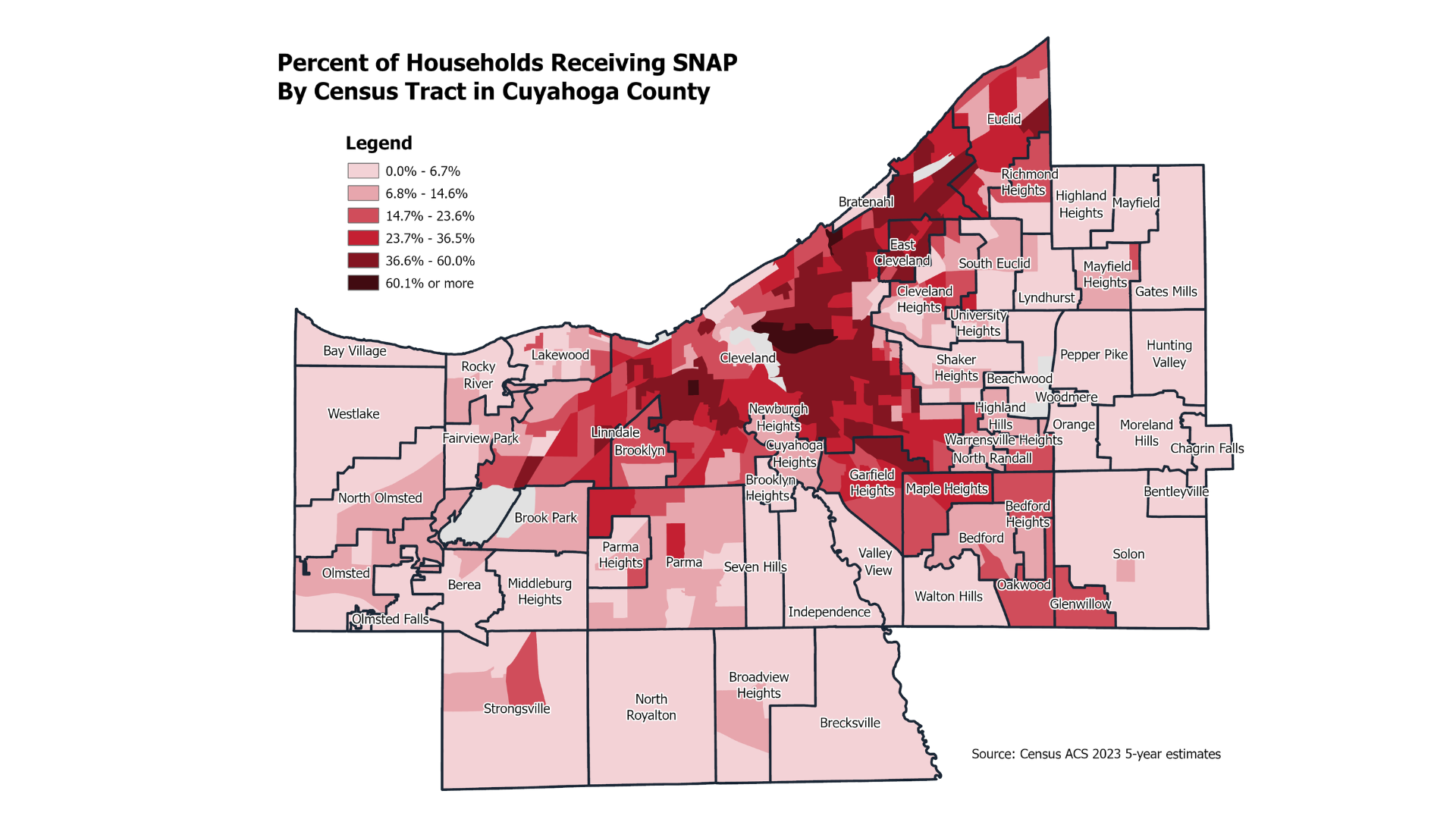The constitutionality of the Affordable Care Act (ACA) will come before the United States Supreme Court as justices are scheduled to hear oral argument for the case California v. Texas on November 10. While this case specifically challenges the individual mandate provision, striking down the mandate raises questions about the entire law’s survival.
While this case specifically challenges the individual mandate provision, striking down the mandate raises questions about the entire law’s survival.
One of our biggest concerns regarding an ACA repeal is related to Medicaid, as one of the ACA’s primary objectives was to expand the program to cover all adults with incomes up to 138 percent of the federal poverty level, which translates to $21,720 in income for a family of three. Currently, 714,710 Ohioans get their coverage through expansion, including 345,412 women. Since women have unique health care needs, being the primary users of maternity care and reproductive health services, this particular provision allowed millions of women to have access to essential health services. Without expansion, strides made in women’s health, specifically in maternal health, are at risk.
Since the ACA’s passage in 2010, 38 states and Washington D.C. have adopted Medicaid expansion. Ohio is one state that has expanded Medicaid, which has allowed a substantial number of women of reproductive age to enroll in, and gain access to, primary care and family planning services before and after pregnancy. Continuous health care coverage before pregnancy can help increase the likelihood that conditions that negatively impact pregnancy outcomes such as hypertension, depression and diabetes are treated and addressed. Additionally, coverage after pregnancy is important for new mothers as postnatal care can include mental health benefits, lactation counseling and parenting education services. Research shows that coverage for children is also critical as people who had insurance coverage early in childhood have better long-term health and achievement successes than those who were uninsured.
Medicaid expansion has already been an important tool to improve maternal health outcomes and reduce infant mortality.
Given the evidence that maternal and infant mortality and morbidity can be reduced or altogether avoided by ensuring that mothers have access to adequate pre- and post-natal care, confirms access to comprehensive maternity care coverage can be a critical resource in improving outcomes. The data, in fact, shows Medicaid expansion has already been an important tool to improve maternal health outcomes and reduce infant mortality, with expansion states showing a 50 percent greater reduction in infant mortality when compared to non-expansion states. Research also concludes that Medicaid expansion has aided in closing the Black-white gap in birth outcomes, with the Black infant mortality rate in Medicaid expansion states showing greater decline compared to non-expansion states.
Ohio’s data reinforces the beneficial impact Medicaid expansion has had on health care access for women in our state. According to the Ohio Department of Medicaid’s Demographic and Expenditure Dashboard, more than 199,476 women of reproductive age are enrolled in Medicaid through the expansion as of September 2020, which is an increase of 20,368 since March 2020.Interestingly, where overall enrollment is up by a little over 9 percent, statewide, the increase for this group is over 11 percent. This difference suggests expansion is disproportionately benefitting women of reproductive age compared to the general population. With job market data indicating women are experiencing the majority of job loss due to the recessionary impacts of COVID-19, expansion is acting as a critical backstop for health coverage for these individuals.
In addition to providing Medicaid coverage to low-income women, the ACA contains other measures that support maternal health such as the creation of the Maternal, Infant and Early Childhood Home Visiting (MIECHV) Program. For the past 10 years, the MIECHV Program has provided funds to states to implement evidence-based, voluntary home visiting programs. In Ohio, the MIECHV Program has helped fund the Help Me Grow program since its creation in 2017 which offers home visiting in all 88 Ohio counties. In calendar year 2017, the last year in which there is data available, the Help Me Grow program completed 106,222 home visits serving 9,612 families. The loss of MIECHV funding gained under the ACA threatens maternal home visiting programs for low-income women and families across the country.
If the ACA were repealed, nearly 1 million Ohioans would lose coverage made possible through the health insurance marketplace and Medicaid expansion.
If the ACA were repealed, nearly 1 million Ohioans would lose coverage made possible through the health insurance marketplace and Medicaid expansion. Importantly, as a pre-existing condition, COVID-19 would mean that thousands of Ohioans would be subject to increased costs arising from the lack of protections made possible by the ACA. And while these consequences would be severe, women and mothers would be acutely impacted by the repeal of the law. Certainly, Ohio and its General Assembly have made progress developing policies that improve Ohio’s status as one of the worst states in regards to infant and maternal mortality. But coverage, especially that made possible through Medicaid expansion, has clear clinical benefits. With an ACA repeal, tens of thousands of women will be put at risk.








